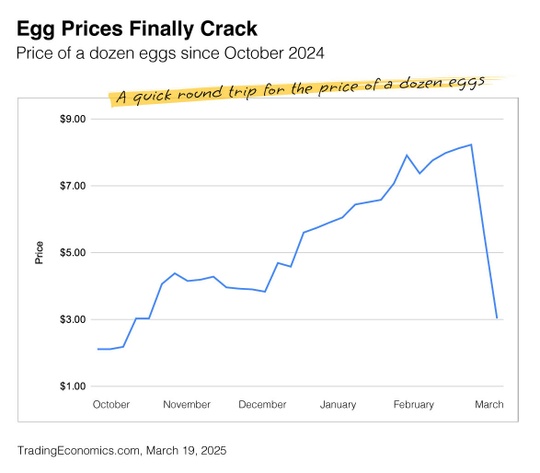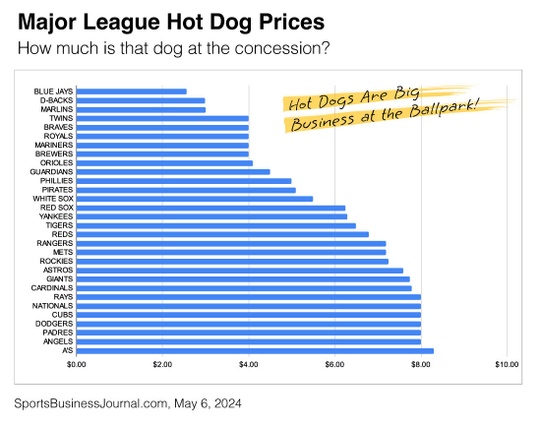Stock Pullbacks Are Helpful, Not Hurtful
|
Do me a favor: print the chart in this email and pin it to your wall. I want you to have a constant reminder that stock prices see pullbacks several times during the year. It’s a normal, healthy part of the investing cycle. Is it unsettling? Very! But when prices turn volatile, I want you to slip into your “Been there, done that” t-shirt. |
 |
|
The second half of February was difficult for investors–and the first part of March was not much better either. There were waves of unsettling news about tariffs, inflation, economic growth, and geopolitical events. But was the selling unexpected? Not really. Since 1950, history shows that in post-election years, February has been the worst month for stock prices. (Spoiler alert: Post-1950, June, August, and September also show poorly in post-election years. So mark your calendar.) It’s important to remember that past performance does not guarantee future results. Stock prices will fluctuate as market conditions change. So, while we can look to history for trends, it’s uncertain how the rest of 2025 will unfold. But if you are getting anxious watching the daily price moves on Wall Street, please call me. I can tell you how I manage the ups and downs. |
Carson Investment Research, February 5, 2024


